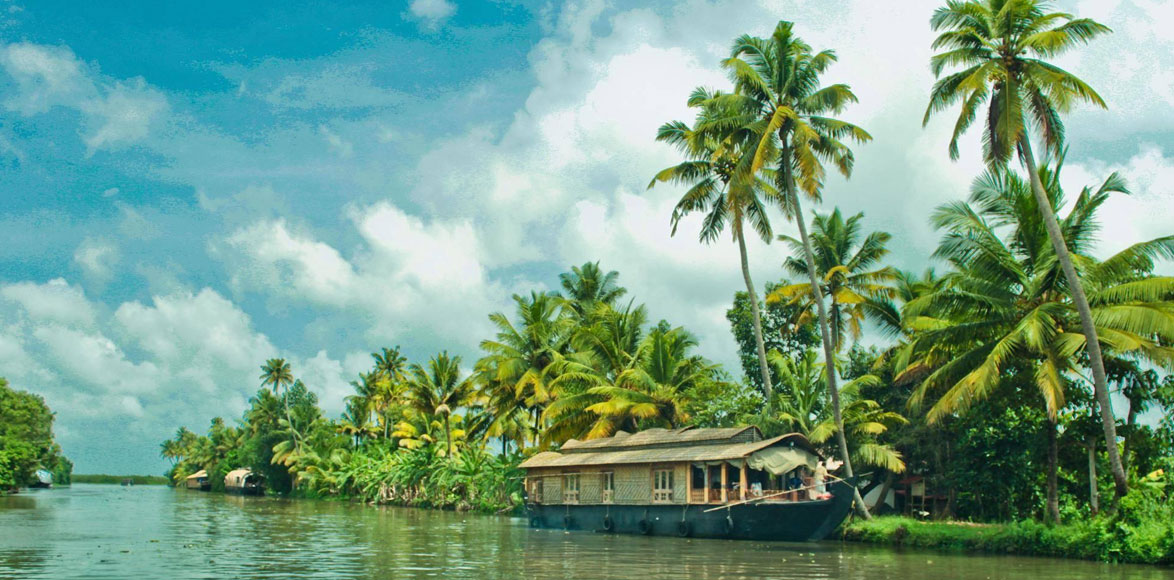Tamilnadu
Tamilnadu
Tamilnadu History
The history of Tamil Nadu is very old and it is believed that human endeavour has to inhabit this area began as early as 300, 000 years ago. It is also suggested that the first Dravidians of Tamil country were part of the early Indus Valley settlers and moved south during the advent of Aryans around 1500 BC. However, the recorded history goes back only to the 4th century BC. There are references in the early Sangham literature to the social, economic and cultural life of people. The proximity to the sea established the Tamil Country on the maritime map of the world even before the dawn of Christian era. The Tamils were bonded through trade links with ancient Egypt, Greece and Rome.
History Rewinds
Prior to the Christian era, the Cheras, Cholas and Pandias ruled Tamil Country. This was the golden period of Tamil literature, the Sangham Age that shadowed three centuries after Christ. The domains of these three dynasties changed many times over the centuries.
At times other dynasties like Pallavas and Chalukyas came into power. All these dynasties engaged in continual skirmishes; but their steady patronage of arts served the expansion of Dravidian culture. It is speculated that the early Dravidians were part of the Indus Valley Civilisation. However, with the coming of the Aryans, the Dravidians were pushed back into the deep south where they ultimately settled around 1500 BC. Excavations have revealed that the features of the people of the Indus Valley Civilisation bore a marked resemblance to that of this region.
Devotion At Highest Levels !
Tamil Nadu can easily be referred to as the "The Land of Temples" for its unmatched mastery in designing temples. Tamil Nadu is home to more than 30,000 temples with every one of them being an architectural wonder. The temples were constructed over a vast period of time by various dynasties. Tamil Nadu is where the legacy of ancient Dravidian art and culture is still preserved in all its glory.
The temples are the greatest mark that Dravidians left on the face of Tamil Nadu. The main principle behind every temple is almost the same with same composition. There are Gourams, huge gateways, pillared hallways and a Sanctum Sactorum. However it is the subtle effects given to the temple that makes then standout. The carvings, the size of hallways, the shape of the gopurams are all different. Unlike other states where century old temples are no more operational and are just a tourism attraction, Temples of Tamil Nadu still hold daily rituals and one has to maintain complete purity inside the temples. So tourists are advised to follow all the rules. The temples were also much more than a place of worship. They were a place for social gathering, for education, for celebration.
Marvels of Temple Architecture
The most noticeable contribution to Tamil Nadu Temple architecture was made by the Pallavas, Cholas, Pandyas, Vijayanagar rulers and the Nayakas. Every one of these dynasties believed heavily in innovations and tried not to copy the style of any other dynasty. This gave the architects exposure to different types of temples. And with every passing dynasty, their mastery only grew. Ever since, people of Tamil Nadu are known to be the best Temple builders in India. The earliest temples were built uisng brick and mortar. Up till 700 AD, temples were replicated out of caves.
The Pallava Kings were the first known dynasty to have given great priority to construction of temples. They also started and perfected the art of constructing temples of stone. The Cholas (900-1250 AD) have a number of monuments to their credit. The most well known temple by Cholas that still stands today is The Brihadeeswarar Temple in Tanjavur. The carvings on it are simply out of this world. The Cholas added many ornate mandpams or halls to temples and built large gopurams - towers. The high wall enclosures, gigantic towers and magnificent gateway arches were all the contribution of Pandya Dynasty and the carved pillars are the addition of Vijayanagar Dynasty. Today, thousands of temples with rising towers adorn skyline of the entire state of Tamil Nadu. Temples from the pre Christian era as well as those from the 20th century exist in this state, where the ancient rulers have made outstanding contributions to the growth of these monuments of great artistic value. The spectacular architecture of these temples indeed inspires architectural innovation.
About Tamilnadu Hill Stations
Nestling on the south eastern side of Indian territory, the beautiful and culturally rich Tamil Nadu is bounded on the east by Bay of Bengal, in the south by the Indian ocean, in the west by the states of Kerala and Karnataka and in the North by Karnataka and Andhra Pradesh.
A stroll through the clouds afloat, collect a handful of natural pleasure as a memoir, open the hands and they dissolve into oblivion. This pleasurable dream is not impossible on a hill station with the pleasant climate. With their dreamy and rejuvenating atmospheres, Ooty on the Nilgiri's and Kodaikanal on the Palani Hills in Tamil Nadu are two favorite tourist spots. Nilgiri (meaning 'blue mountain') hills at the concurrence of the Eastern and Western Ghats are enveloped by the blue haze of the clouds, making their name justified. Udhagamandalam, famously known as Ooty, Coonoor and Kotagiri hill stations, are all part of the lofty Nilgiri's. For its beauty, holiday options and reachability, Ooty is called the 'Queen of hill stations'.
Elevating activities
Adventure is undoubtedly one of the best activities to indulge in, in Tamil Nadu hill stations.
Trekking, Hang-Gliding, fishing and Golf are some of the recreation facilities that have captured the imaginations of the tourists here. 2100m above sea level on the enchanting Palani hills, 120 km form Madurai, is another splendid hill station, Kodaikanal. The place is filled with the hues of Kurinji plant, which gives purple flowers once in twelve years. The main attraction of the hill station is the man- made Kodai Lake which has paddle-boating facilities. Just round the corner is Briyant's park. Behold the celestial family from the solar observatory and the two telescope houses of Kodaikanal.


